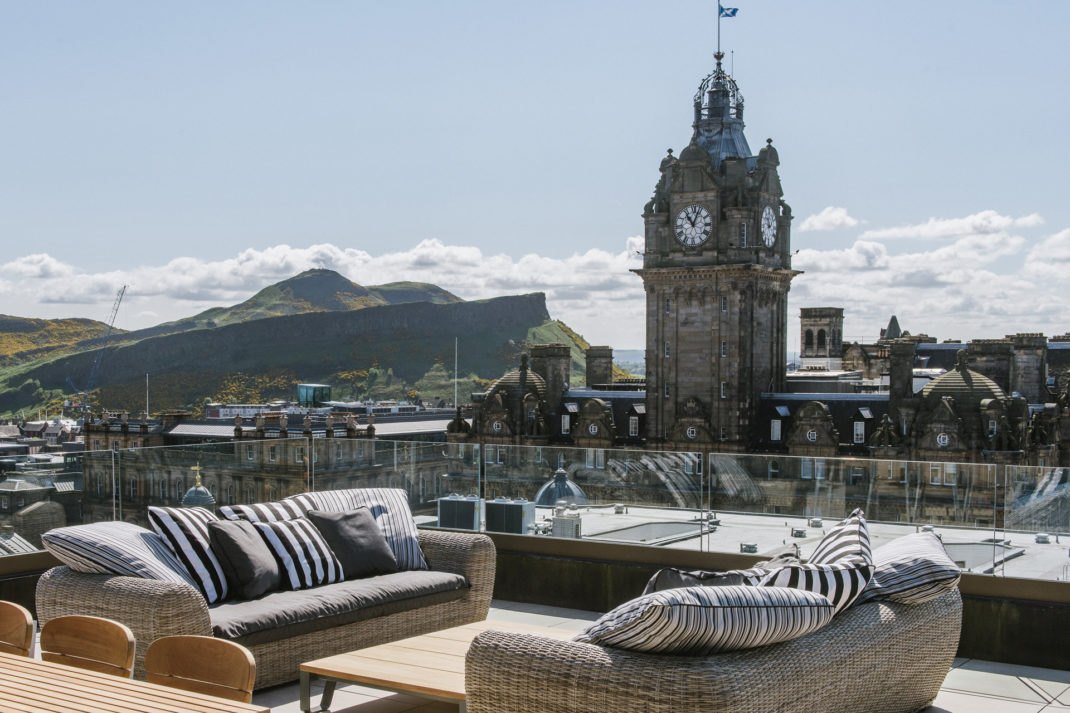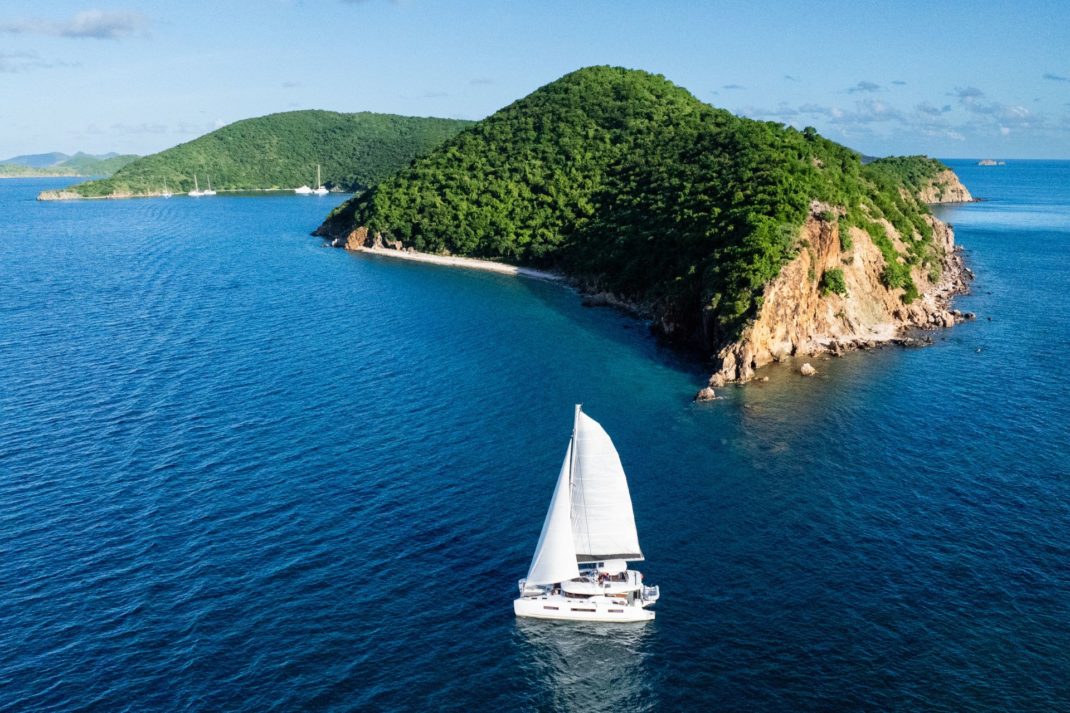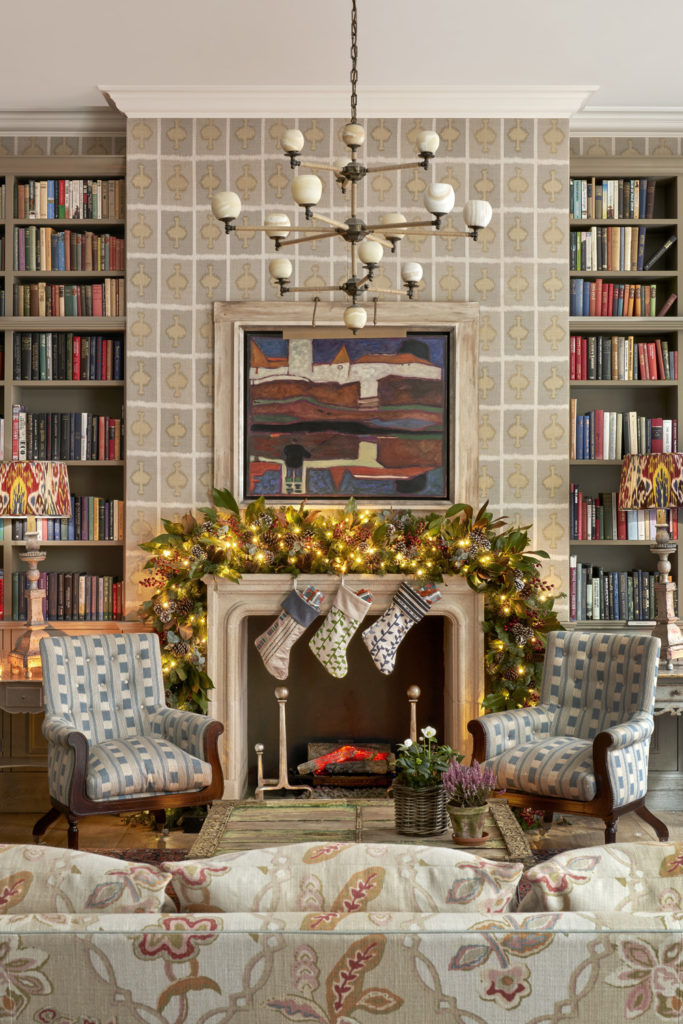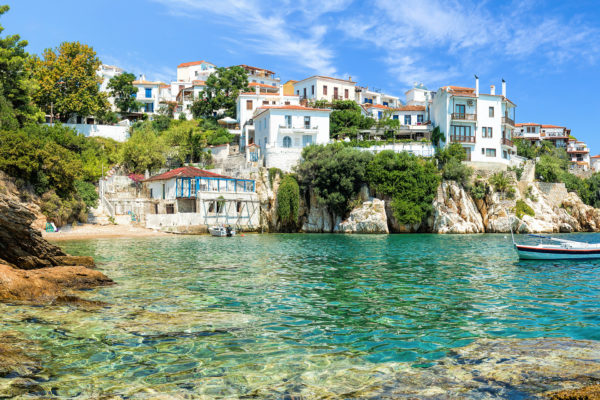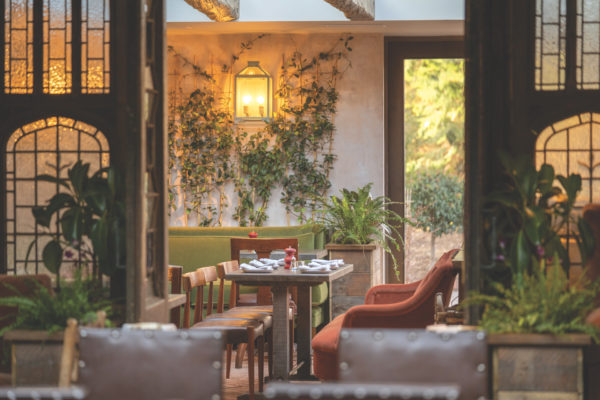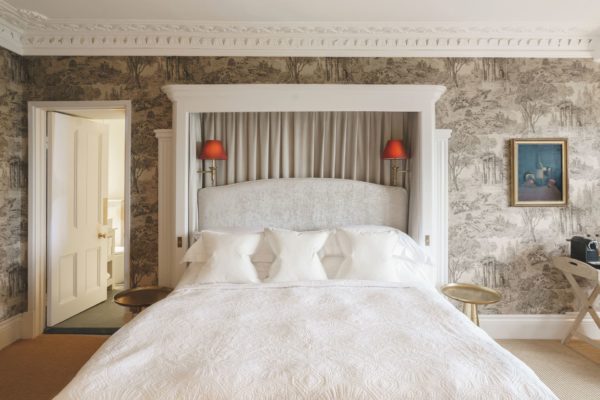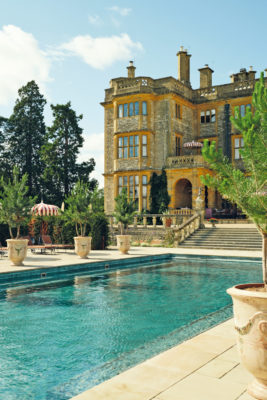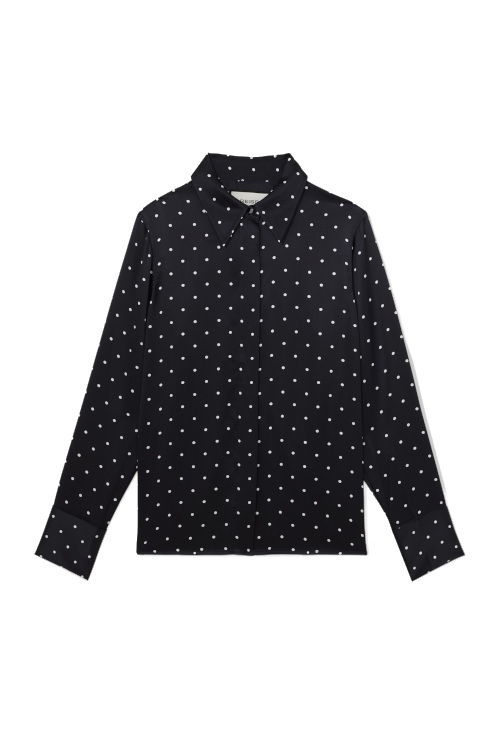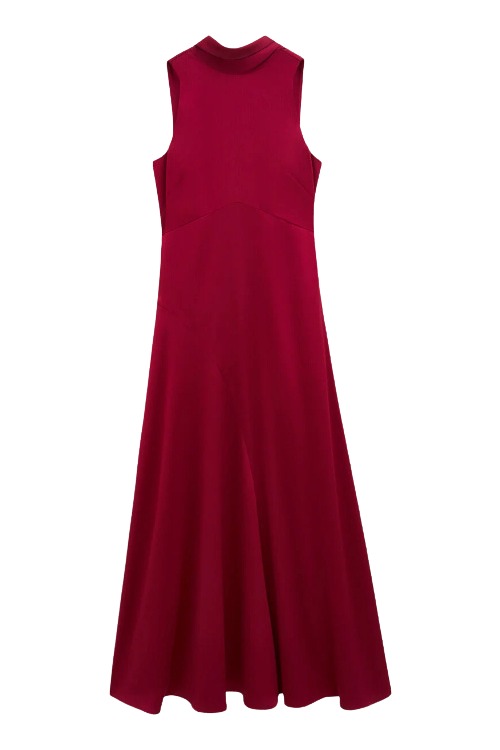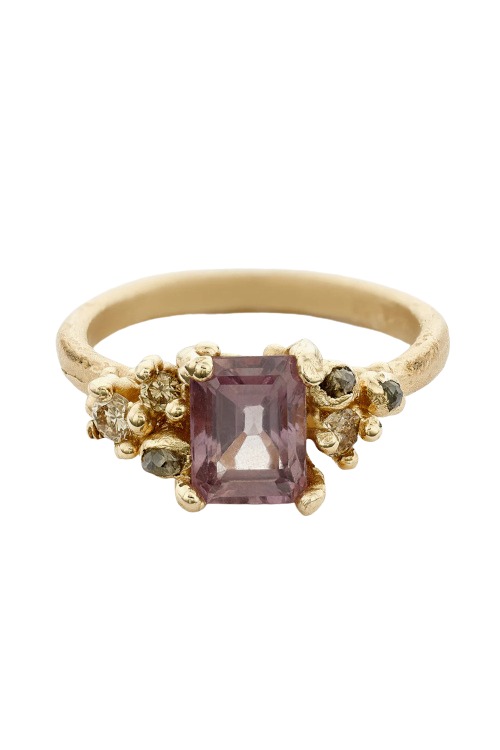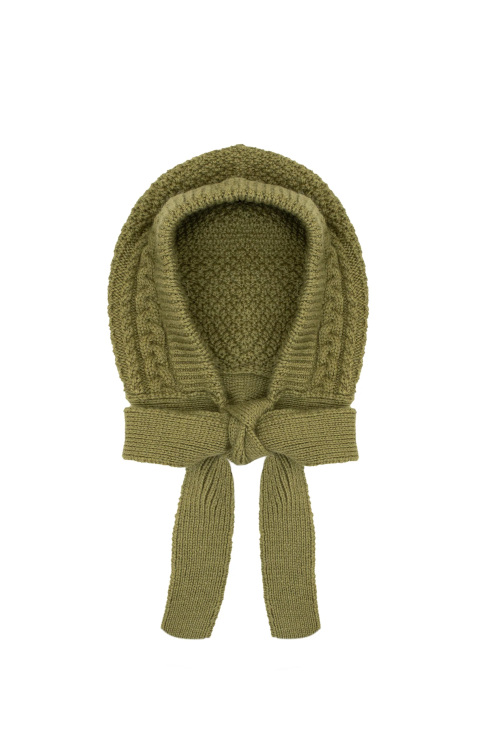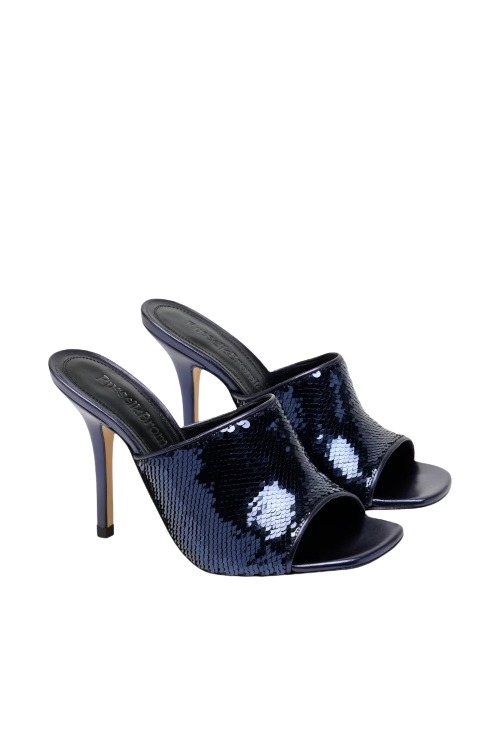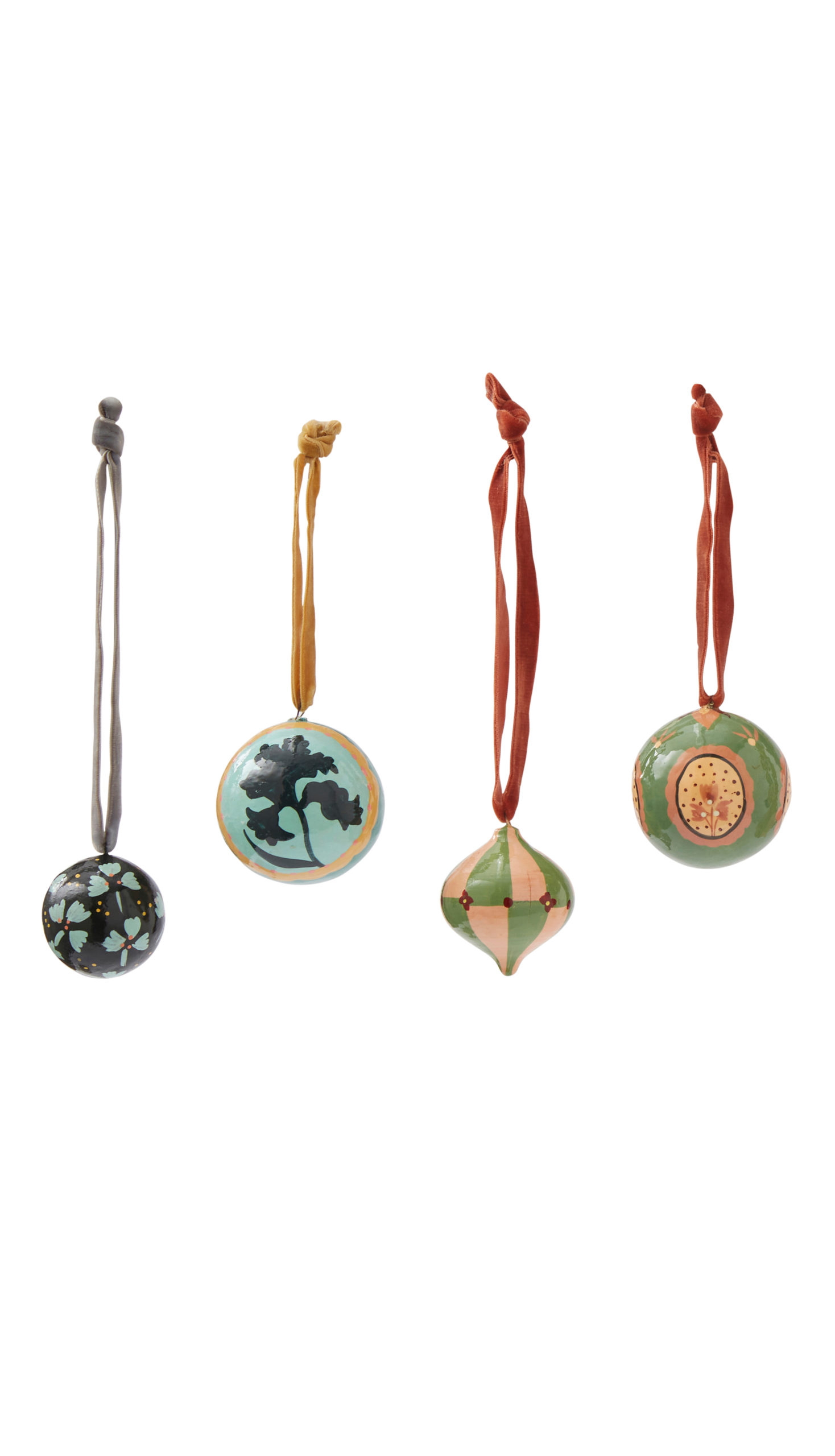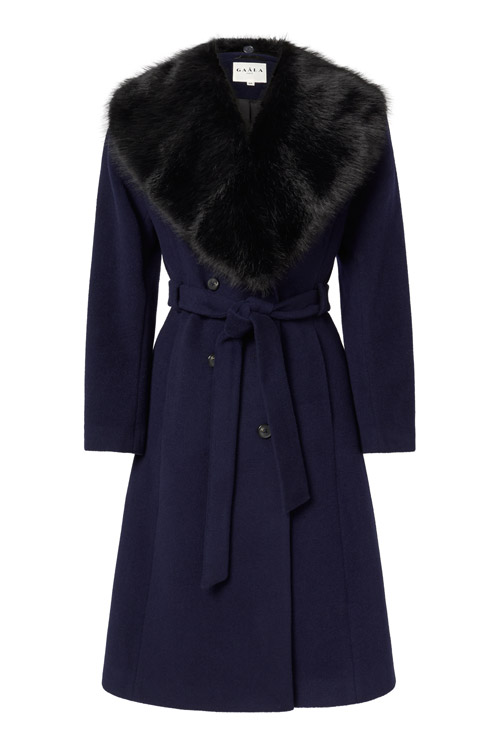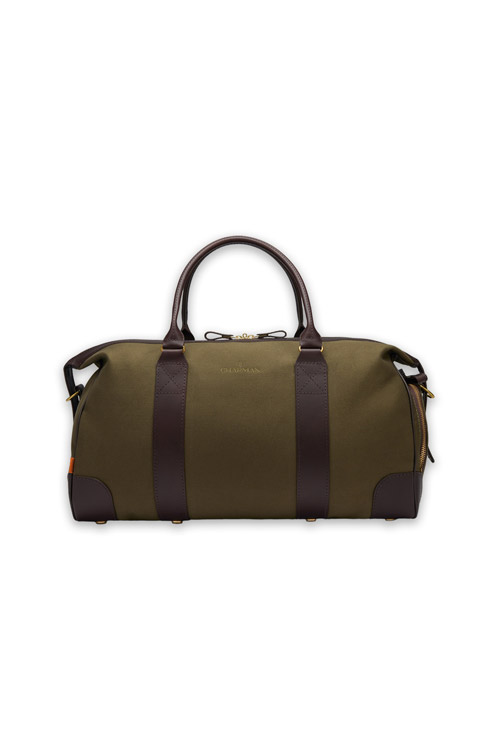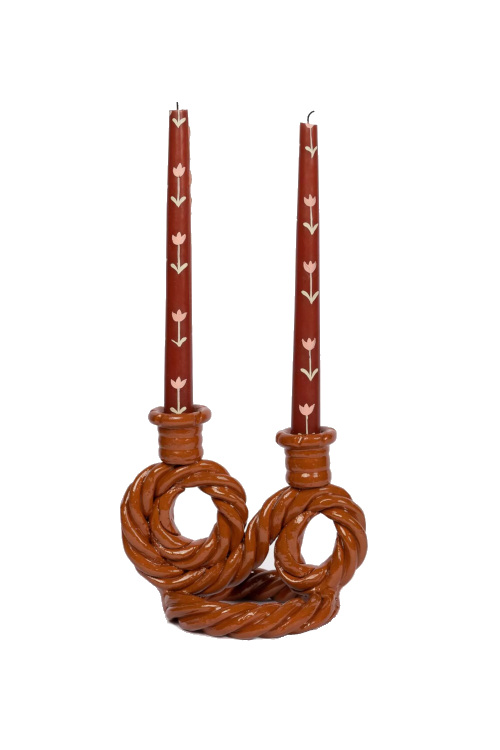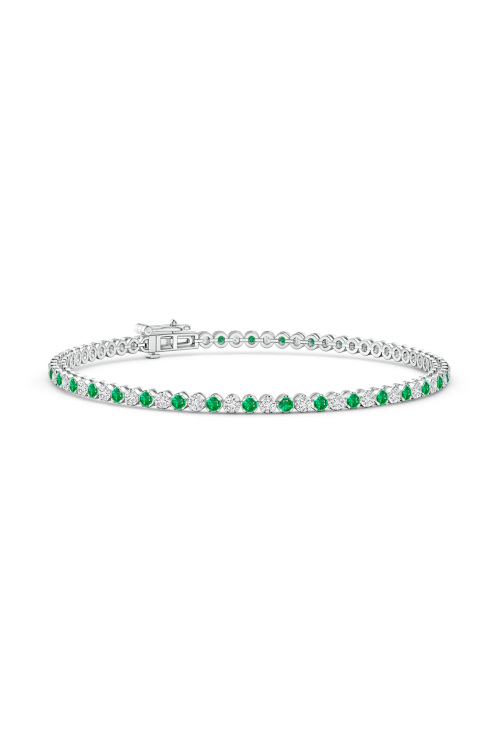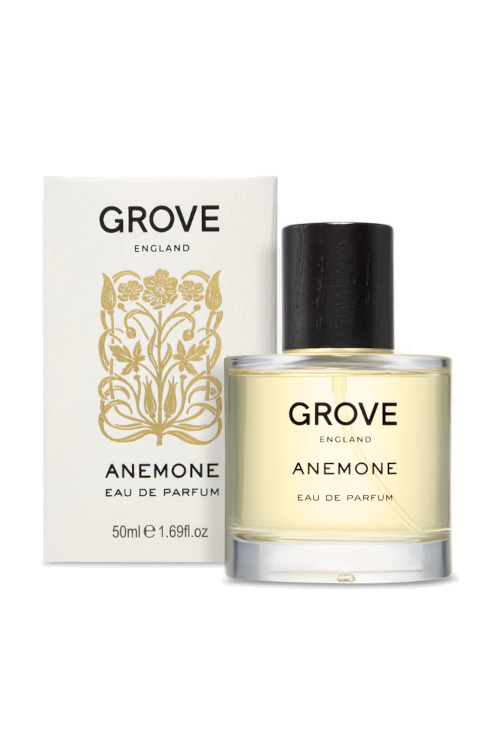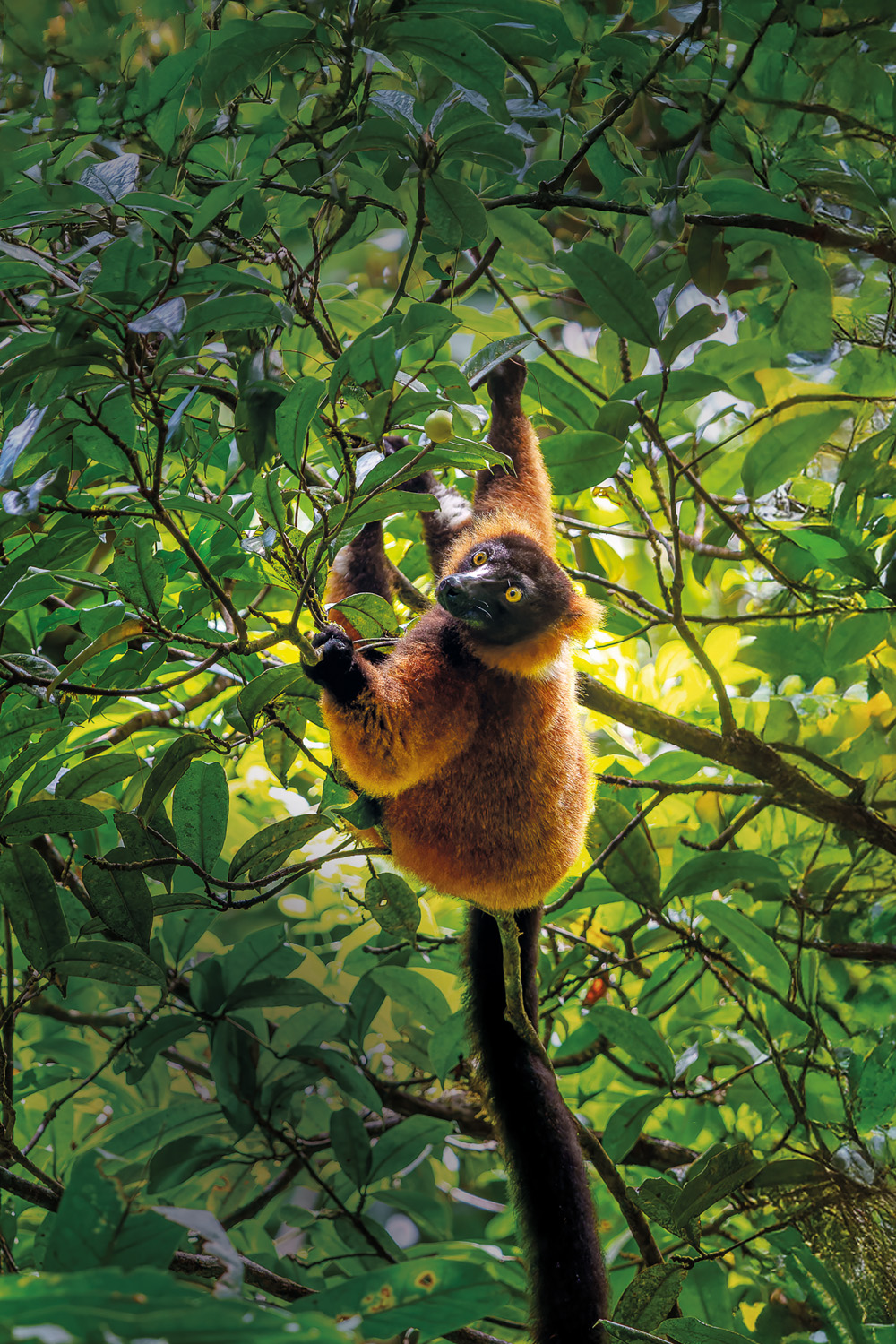
Where The Wild Things Still Are
By
6 months ago
Emma Love ventures to a less-travelled Indian Ocean island
Emma Love discovers primary tropical rainforest and a rich mosaic of biodiversity from game-changing beachfront resorts scattered across Madagascar.
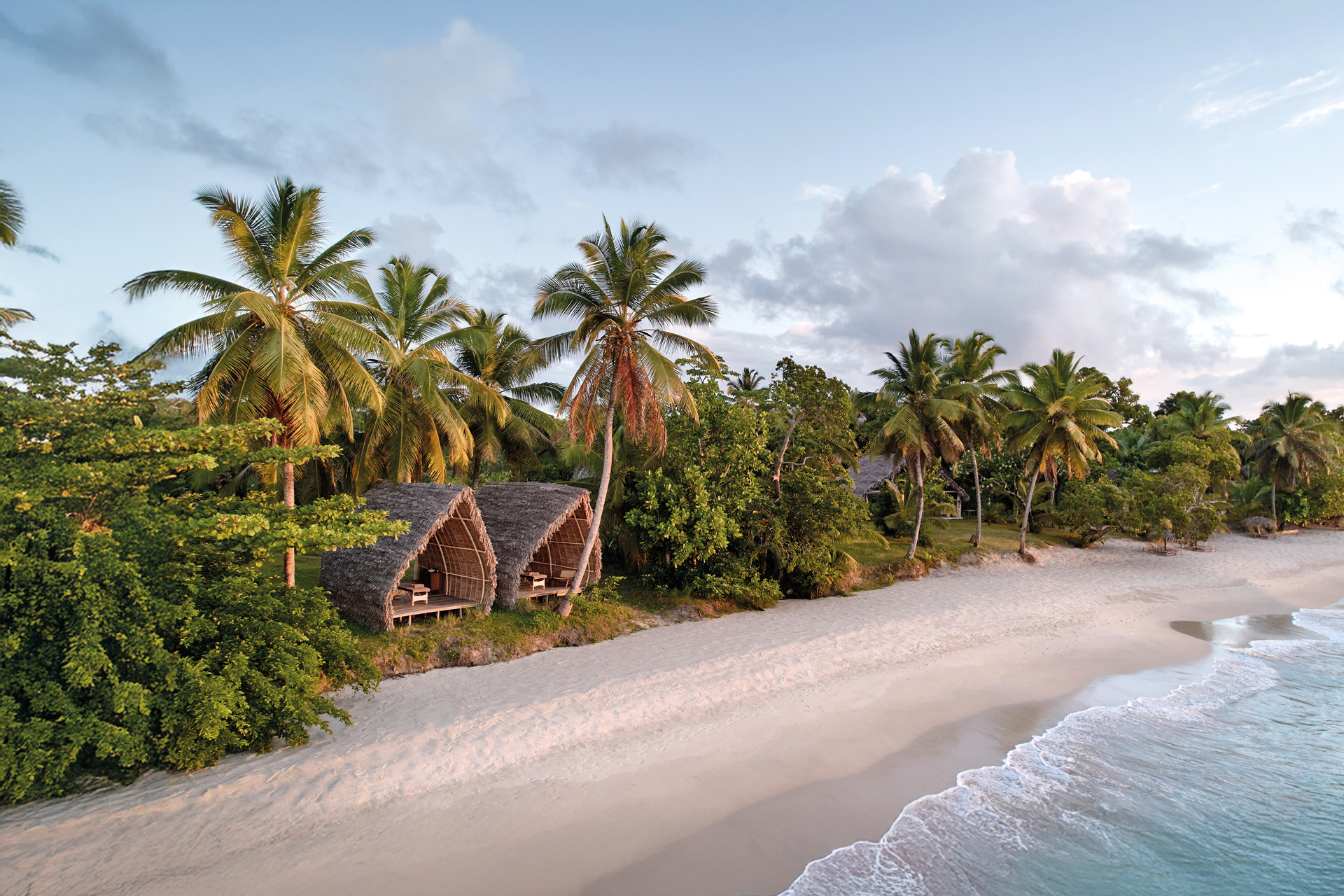
The beachfront Voaara Resort (© Mark Williams)
Beachfront Biodiversity In Madagascar
Late afternoon in Masoala National Park on Madagascar’s northeast coast and still-hot shafts of sunlight are piercing through the shady palm tree canopy of the primary rainforest. Critically endangered red ruffed lemurs are one of the most vocal – and loudest – primates in the world, so it’s perhaps no surprise that I hear their distinctive call, a series of high-pitched screeches underpinned by a honking bark. My animated guide, Rachelle, points them out and, craning my neck skywards, I glimpse flashes of chestnut fur as a pair leap between the tallest branches. There are about 100 types of lemurs that live in Madagascar but the red ruffed can only be found here, in this 240,000-hectare, Unesco-protected patch.
It’s the possibility of sightings such as this that draw many travellers to Masoala Forest Lodge, a sustainable hideaway only accessible by foot or boat, with just seven thatched treehouses on stilts in an 80-hectare private reserve. Yet although visitors might come for the lemurs – which also include the dwarf, sportive, woolly and mouse lemur, a beady-eyed creature so small it can fit inside a teacup, all of which I’m lucky enough to see on a post-dinner, after-dark walk around the camp – there’s far more to this biodiversity hotspot. Almost all the plants and creatures here are endemic to Masoala or, more widely, Madagascar. According to papers produced for Science journal in 2022 by Kew Science and 50 organisations around the world, 82 percent of the 11,516 vascular plants found in Madagascar are nowhere else in the wild (for animal vertebrates, the figure is even higher, at 90 percent).
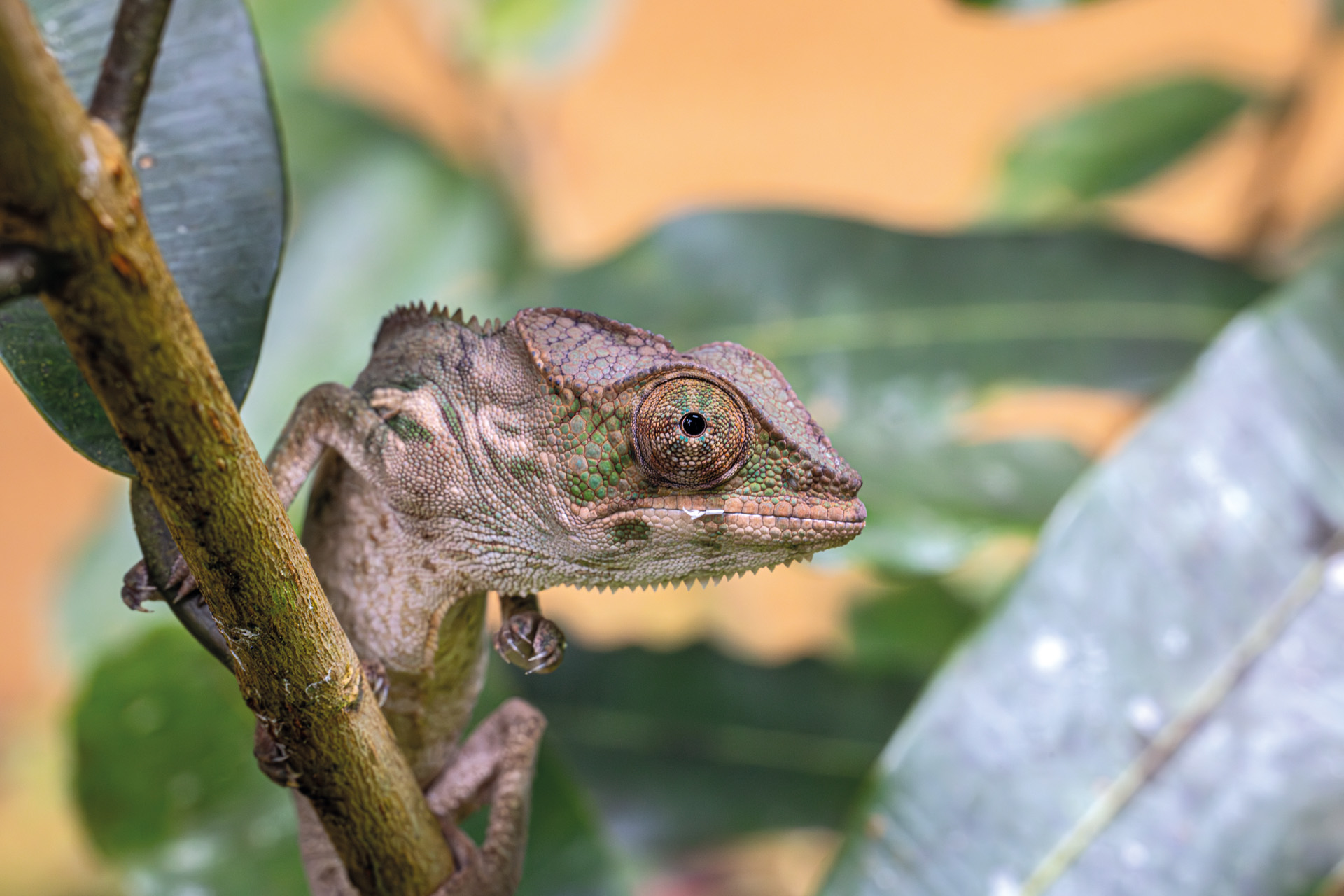
Panther chameleon (© Sebastian Krepler)
On our walk, Rachelle’s excitement is infectious as she finds a sleeping baby leaf-tailed gecko, then an emerald tree boa curled up in a ficus trunk. We spy resting electric-blue Malagasy kingfishers, golden orb-weaver spiders (in 2012, silk harvested from more than a million of them was woven into a brocaded shawl and cape, and shown at the V&A), a scops owl flitting across the sky and ginormous canarium trees with buttress roots, used for making dugout canoes. ‘Generally, what all our visitors have in common is an interest in nature and seeing something new. A lot of them have been on safari in Africa and want adventure,’ says Maria Bester, co-owner of Masoala Forest Lodge, which opened in 2004. ‘Our destination is hard to reach so you have to work hard to get here, but there’s so much to do, from hiking to kayaking. We often get specialists coming for orchids or frogs or chameleons – there are many species still being discovered.’ In 2024, for instance, the 33mm-long Brookesia nofy was spotted by tourists further south in Ankanin’ny Nofy – the first leaf chameleon to be found in a coastal rainforest.
There’s more wildlife to be seen on the virtually untouched island of Sainte-Marie, a three-hour speedboat ride away. ‘Sainte-Marie is famous for two things: 16th-century pirate visitors like Captain Kidd, and humpback whales,’ says Swedish-born Philippe Kjellgren, founder of the referral- only travel advisory service PK’s List and also of Voaara, a recently opened game-changing resort on the northern tip, spread over 100 acres of beachfront and jungle. ‘Migrating humpback whales can be spotted from July to September in the bay where they come to calve, and it’s a beautiful sight.’ Guests stay in one of the seven gorgeous solar-powered beach bungalows or the three-bedroom villa (with more in the pipeline), all of which have thatched roofs, driftwood beams collected from nearby beaches and locally made, custom-wood furniture.
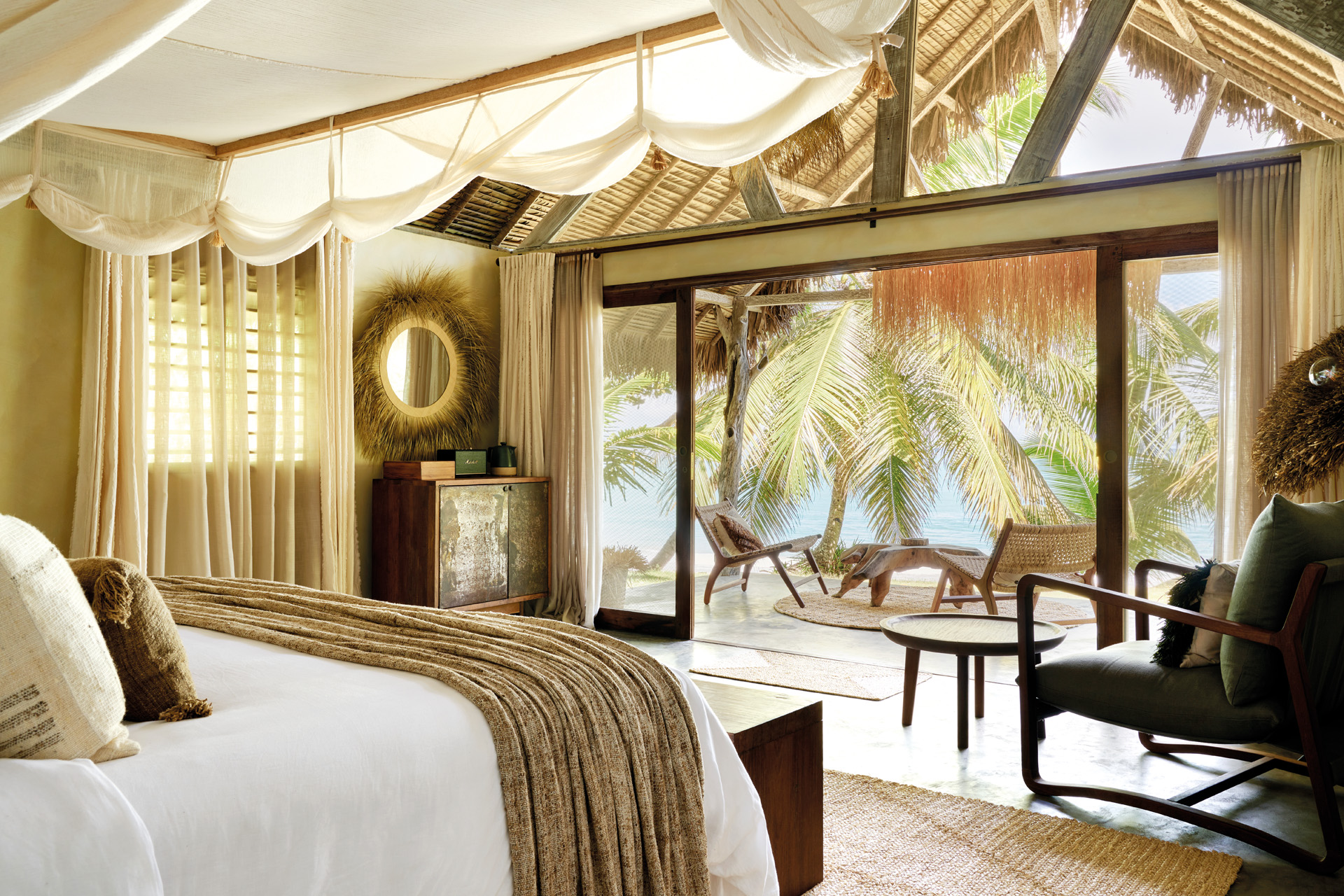
One of Voaara’s beach bungalows (© Mark Williams)
There’s also La Plage by Sarrion, a Mediterranean-meets- Asia restaurant, a spa and plenty of watersports – in other words, it’s brilliant for anyone wanting to twin wildlife with a beach break. While the whales are the headline attraction during the summer, it’s the smaller creatures that bring joy all year round. You can hear sunbirds warbling from bed early in the morning, see bulbuls and crested drongos on a bird- watching walk, and glimpse eye-catching blue-and-red giant chameleons scuttling among the greenery. Days can also be spent snorkelling on the in-house reef and deep-sea fishing.
‘In Madagascar, there are a lot of ecosystems. That’s why you have such a unique mosaic of biodiversity,’ says Christophe Caumes, founder of tour operator Madascarenes, which works mainly across Madagascar, the Seychelles and Réunion (a one-hour 40-minute plane ride from Antananarivo, with its own Unesco-listed national park, which covers 40 percent of the island and includes two volcanic massifs, a cloud forest, gorges and fern-carpeted valleys). ‘The last tropical rainforests of Madagascar are on the east coast while the west is made up of places like the Unesco limestone Tsingy de Bemaraha nature reserve and dry forests, which have seven of the world’s eight baobab species, six of which are endemic to the country.’
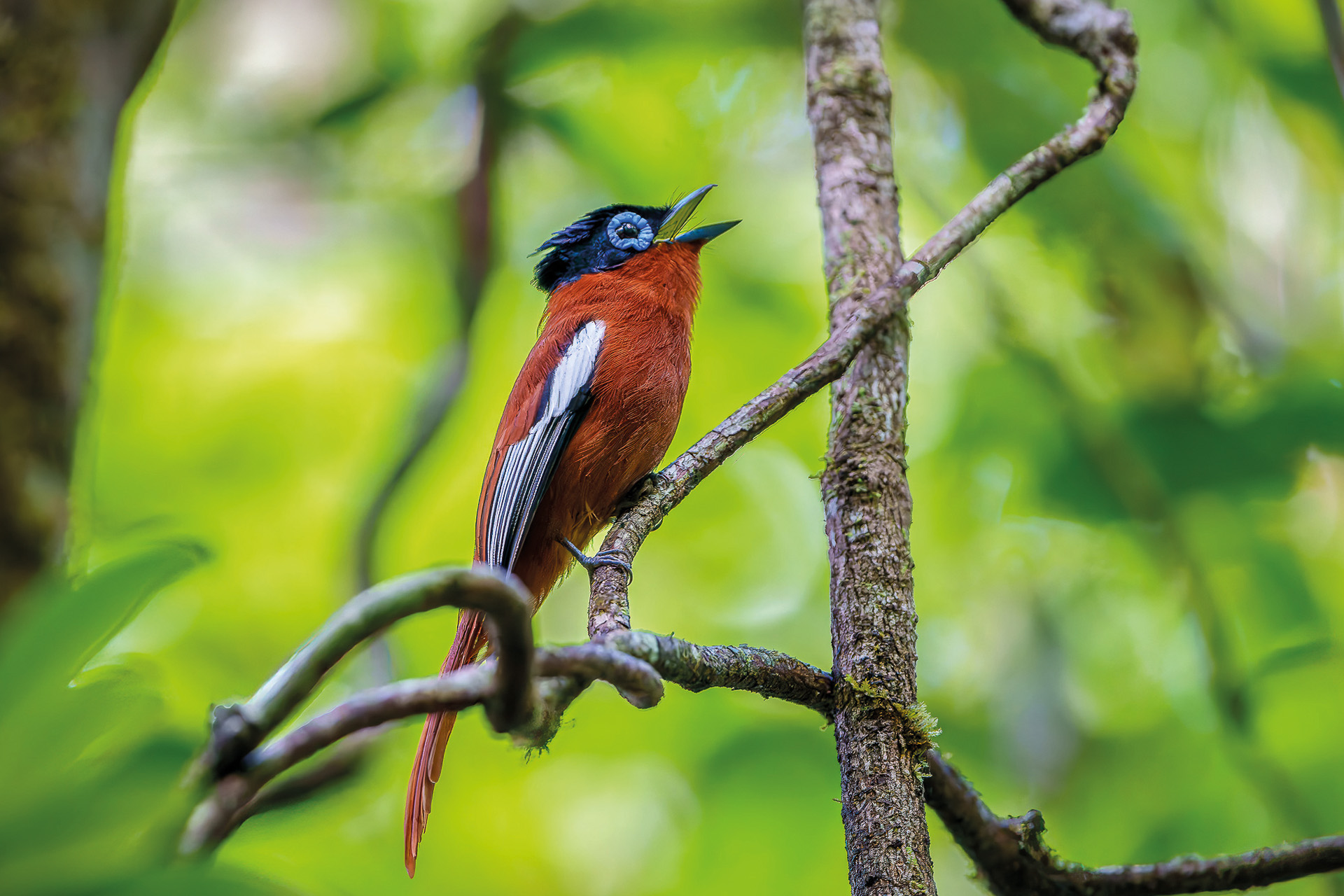
A Madagascar paradise
flycatcher (© Dana Allen)
Just like in the Galapagos – which receives about 267,000 visitors a year compared to Masoala National Park’s 3,000 – the importance of this extraordinary biodiversity can’t be overemphasised. At Masoala Forest Lodge, Maria and her husband, Pierre, run an ongoing reforestation project, growing endemic trees at their onsite nursery. ‘At the beginning, we just had a small garden around the lodge. Then we started renting or buying land to create a forest that acts as a buffer zone for wildlife,’ she says.
Of the many pressures on Madagascar’s natural environments, one of the largest is change of land use. ‘Land gets burned to make space for rice fields,’ she says. ‘I’m convinced that if our lodge wasn’t here, the peninsula would be more under threat. We have around 300 guests per year and although the numbers are low – which we like – it draws attention to the area, which is so important for conservation. If the primary forest near us wasn’t here next year, we would notice and that’s a big deal.’
BOOK IT
Red Savannah offers a nine-night package in Madagascar from £8,682pp based on two people sharing, including flights and domestic travel, one night at Maison Gallieni in Antananarivo, four nights at Voaara, and three nights at Masoala Forest Lodge. redsavannah.com
Emma’s flights from London to Sainte Marie via Paris, Réunion and Antananarivo and back via Dubai had a carbon footprint of 3,209kg of CO2e. ecollectivecarbon.com

